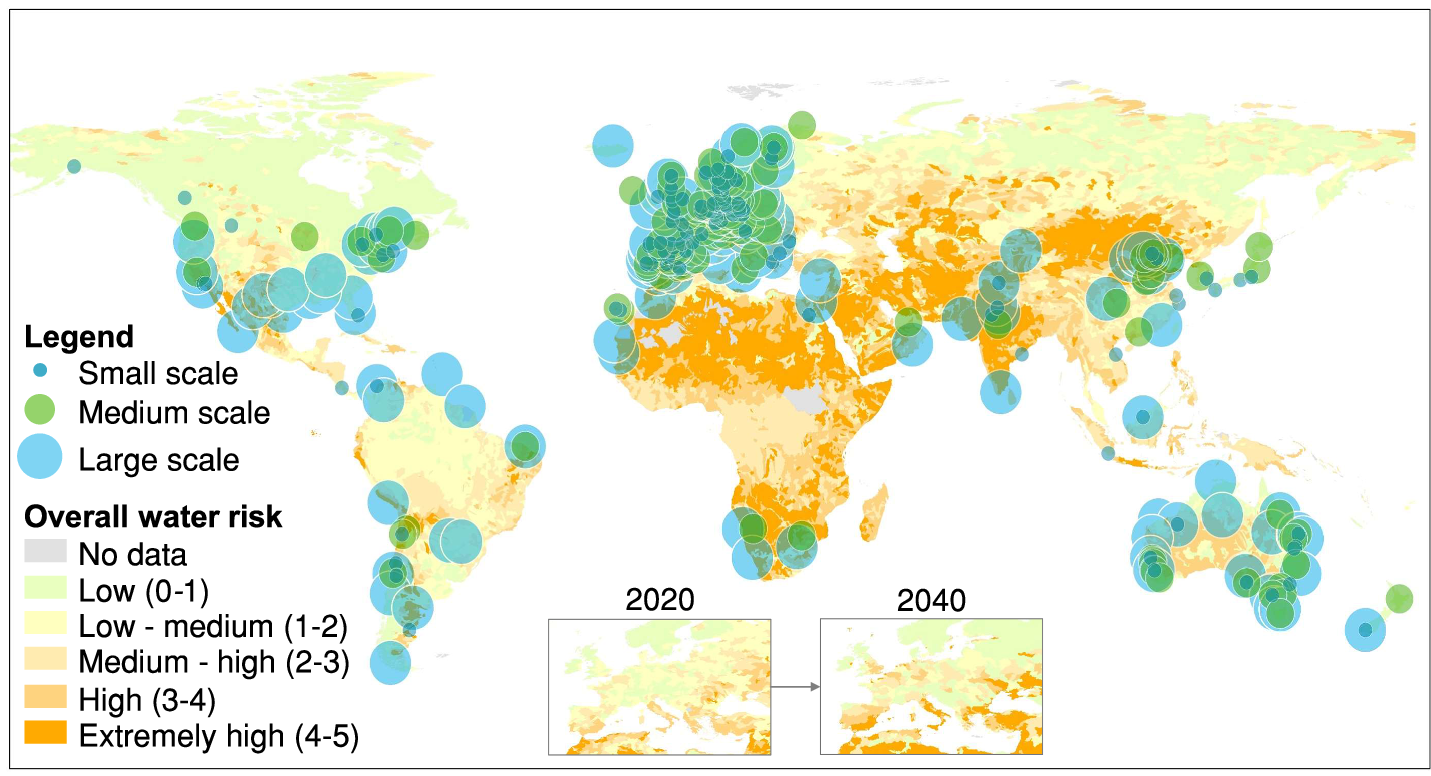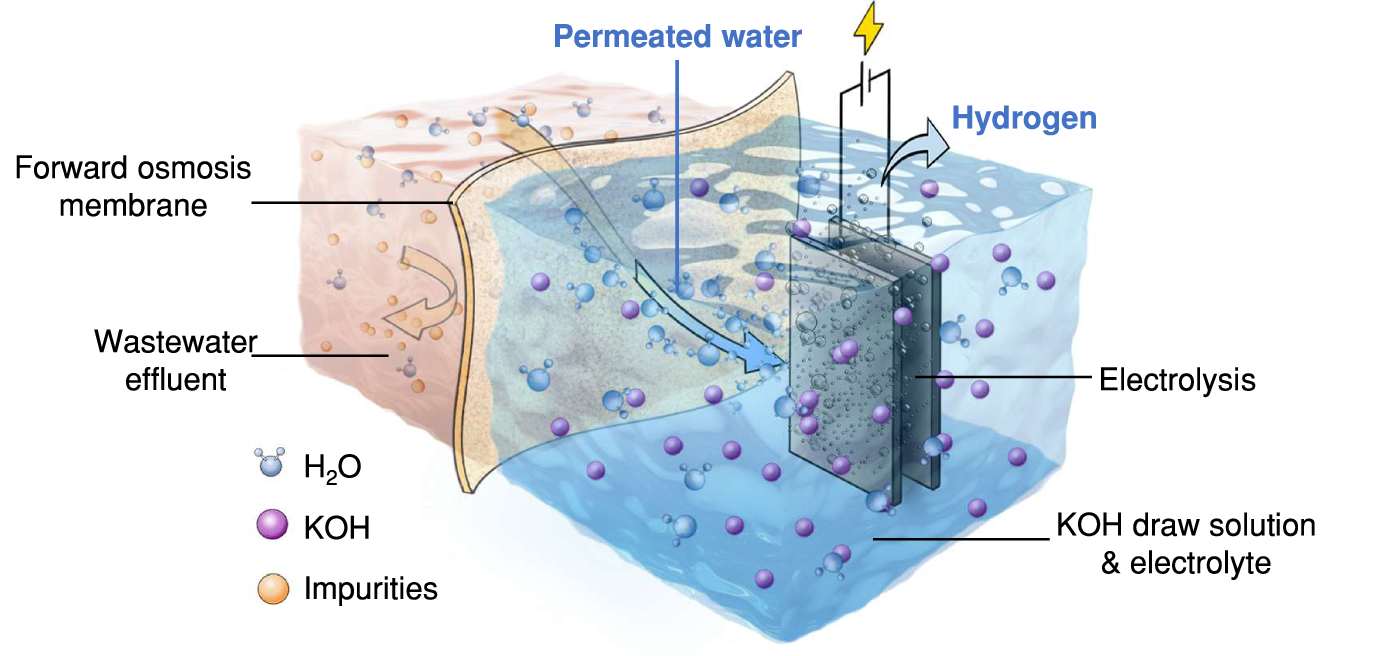
Recently, Professor Ling Li's team from the Advanced Interdisciplinary Institute of Environment and Ecology (ADIIEE), in collaboration with Professor Shang Chii's team from the Hong Kong University of Science and Technology, developed an integrated forward osmosis-alkaline water electrolysis system that enables the rapid production of green hydrogen (H2) from Wastewater. The research, titled “Ultra-fast green hydrogen production from municipal wastewater by an integrated forward osmosis-alkaline water electrolysis system” was published in Nature Communications.

The power-to-hydrogen (P2H) system provides a flexible approach to use renewable energy to produce green H2 via water electrolysis, with the potential to significantly reduce the wastage of renewable energy and contribute to reducing carbon emissions. Currently, over 400 P2H projects are being planned or constructed using renewable energy. P2H projects are also expected by 2050 in North African countries, India, China, Chile, Australia, and Saudi Arabia, driven by their abundant renewable resources and diverse strategies towards a low carbon economy. Such high green H2 yields to meet city-scale energy require large amounts of water (approximately 10-15 L of water per kg of H2). However, around 30% of ongoing or planned P2H projects are located in regions of water scarcity, especially those with high risk of water scarcity or quality deterioration, such as Northern China, the Middle East, North Africa, and India. This issue poses a potential constraint on the wide application of the P2H technology.

In order to improve water resource efficiency, the team developed a modular forward osmosis-water splitting (FOWSAWE) system. This system generates high-purity H2 directly from wastewater at a rate of 448 Nm3/day1/m2 of membrane area, with specific energy consumption as low as 3.96 kWh/Nm−3. The rapid H2 production rate results from the utilization of 1 M potassium hydroxide as both the forward osmosis draw solution and the electrolyte of alkaline water electrolysis, to achieve the goal of extracting pure water from wastewater and in-situ electrolysis to produce H2. Through the water-hydrogen balance model developed by the team, the FOWSAWE system design to meet demands at various scales, from households to cities, and from different water sources.
This work was partially funded by the Hong Kong Research Grants Council (T21-604/19-R, C.S.), the Fundamental Research Funds for the Central Universities (310400209521, L.L.), HKUST 30 for 30 Research Initiative Scheme (3030_010, C.S.), the National Science Foundation (EEC-1449500, P.W.) Nanosystems Engineering Research Center on Nanotechnology-Enabled Water Treatment, and the Talent Startup Fund of Beijing Normal University (310432104, L.L. and 312200502503, L.L.).
Cited: Cassol, G.S., Shang, C., An, A.K., et al. Ultra-fast green hydrogen production from municipal wastewater by an integrated forward osmosis-alkaline water electrolysis system[J]. Nature Communications, 2024, 15: 2617.


